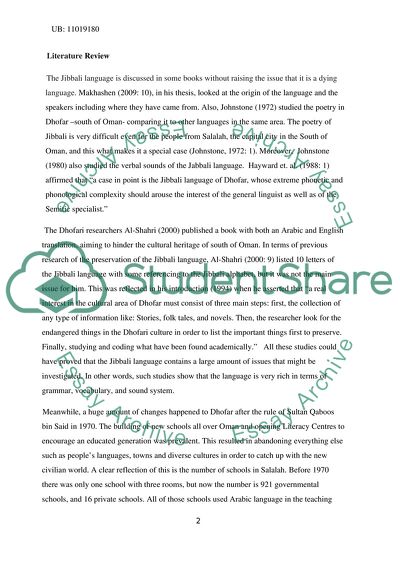Cite this document
(The Death of the Jabbali Language in the South of Oman Research Proposal, n.d.)
The Death of the Jabbali Language in the South of Oman Research Proposal. https://studentshare.org/humanitarian/1774277-research-proposal-in-applied-linguistics
The Death of the Jabbali Language in the South of Oman Research Proposal. https://studentshare.org/humanitarian/1774277-research-proposal-in-applied-linguistics
(The Death of the Jabbali Language in the South of Oman Research Proposal)
The Death of the Jabbali Language in the South of Oman Research Proposal. https://studentshare.org/humanitarian/1774277-research-proposal-in-applied-linguistics.
The Death of the Jabbali Language in the South of Oman Research Proposal. https://studentshare.org/humanitarian/1774277-research-proposal-in-applied-linguistics.
“The Death of the Jabbali Language in the South of Oman Research Proposal”. https://studentshare.org/humanitarian/1774277-research-proposal-in-applied-linguistics.


